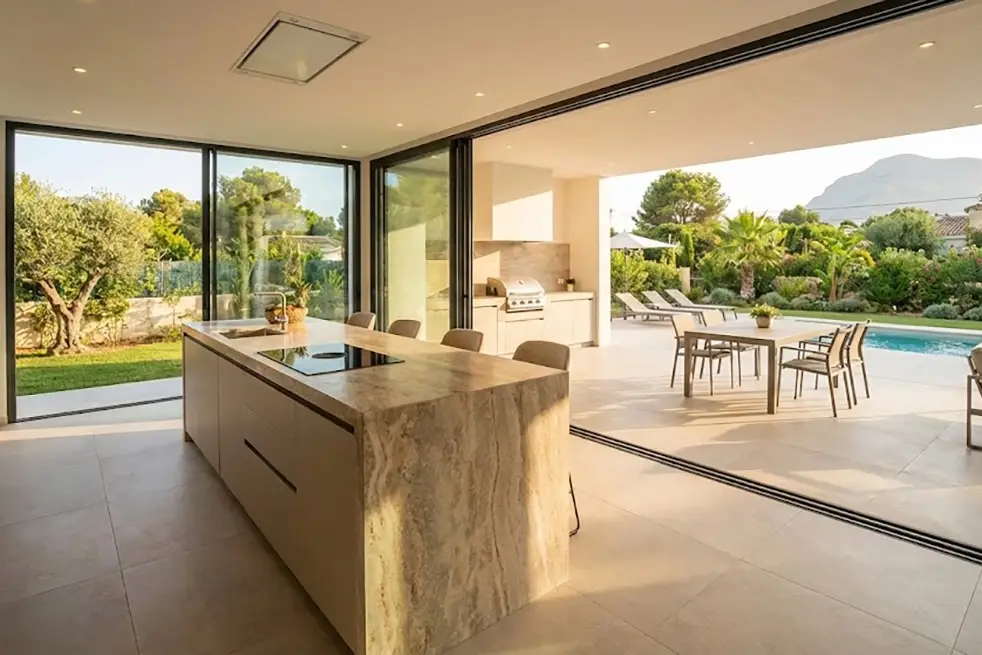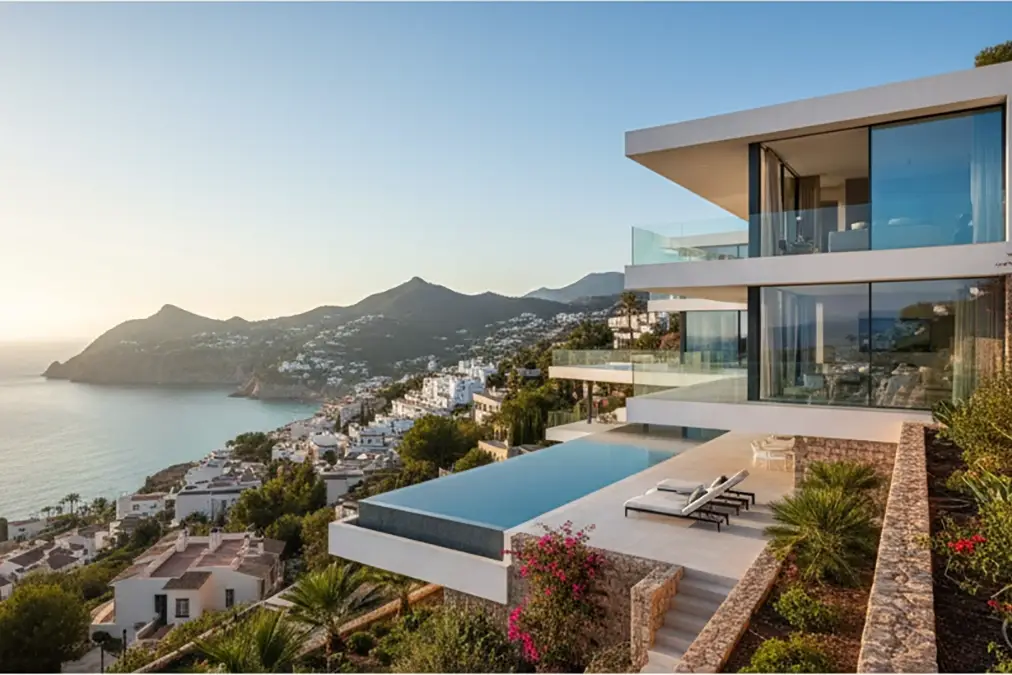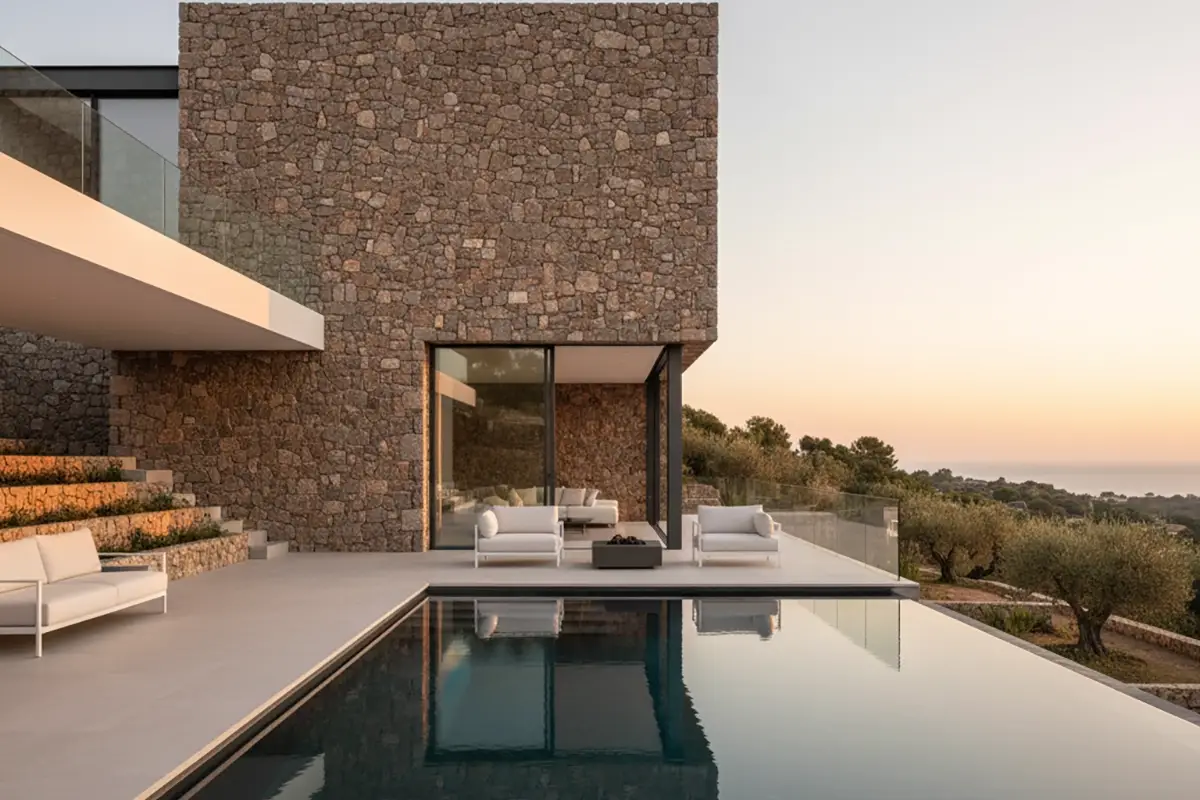The Passivhaus architect plays a key role in building efficient and sustainable homes. Their training in the Passivhaus standard enables them to design buildings that reduce energy demand and provide maximum comfort. In collaboration with the quantity surveyor and the construction company, they ensure that the project meets energy efficiency standards. Passivhaus homes guarantee indoor air quality, energy savings, and contribute to sustainability in architecture. This article explores the importance of the Passivhaus standard, the design and construction of these homes, and their advantages and benefits.
The importance of the Passivhaus standard in energy efficiency
The Passivhaus standard has become a crucial benchmark for achieving energy efficiency in the construction sector. This revolutionary approach has transformed how we design and build our buildings, focusing on reducing energy demand and maximising indoor comfort.
Passivhaus construction projects
Passivhaus construction projects focus on making the most of available natural resources and minimising energy consumption. This is achieved through careful and meticulous design that considers factors such as solar orientation, insulation quality, air infiltration control, and intelligent use of renewable energy sources.
Integrating these principles into architectural design allows for the creation of highly energy-efficient homes and buildings, significantly reducing energy demand for heating, cooling, and hot water supply.
Passivhaus certification
Passivhaus certification is an official recognition that guarantees a building meets the energy efficiency and comfort standards established by the Passivhaus standard. This certification is based on rigorous testing and measurements to ensure the building meets the required criteria.
Passivhaus certification not only ensures high standards of energy efficiency but also guarantees optimal indoor comfort, including stable temperatures, indoor air quality, and the absence of draughts.
Having Passivhaus certification is a mark of quality and an assurance for homeowners and developers looking to reduce their environmental impact and enjoy healthy, energy-efficient living spaces.
Design and construction of Passivhaus homes
Interior design criteria and comfort in buildings
The interior design of Passivhaus homes is based on specific criteria to ensure maximum comfort for their occupants. The aim is to optimise space distribution, maximise natural light, and ensure adequate ventilation. Additionally, the use of eco-friendly and healthy materials is prioritised, avoiding toxic or pollutant products. All of this contributes to creating healthy and pleasant environments for residents.
In terms of thermal comfort, high-quality thermal insulation systems, triple-glazed windows, and correct orientation of the house are implemented. This helps maintain a stable indoor temperature throughout the year, reducing the need for artificial heating or cooling.
Regarding acoustic comfort, insulation techniques are applied to minimise noise from outside and between internal rooms. Moreover, careful distribution of spaces is planned, avoiding corridors or conflicting areas that generate unwanted noise.
Sustainable construction and energy efficiency
The construction of Passivhaus homes follows principles of sustainability and energy efficiency. Low-impact materials from renewable sources with a long lifespan are used. Additionally, efforts are made to reduce waste generation during the construction process.
In terms of energy efficiency, high-quality insulation systems are implemented in roofs, walls, and floors, thus preventing energy losses. Mechanical ventilation systems with heat recovery are installed to ensure proper air renewal without compromising energy efficiency.
Moreover, the use of renewable energy sources, such as photovoltaic or solar thermal energy, is promoted to meet the property’s electricity and hot water needs. This helps reduce dependence on non-renewable energy sources and decreases the building’s carbon footprint.
Advantages and benefits of Passivhaus homes
Indoor air quality and energy savings
Passivhaus homes guarantee excellent indoor air quality, thanks to their highly efficient ventilation systems that filter incoming air and provide constant air renewal. This helps maintain a healthy environment, free from pollutants and allergens.
Additionally, Passivhaus homes are known for their significant energy savings. Through rigorous design and construction, these homes considerably reduce energy demand, minimising the need for conventional heating and cooling systems. This translates into significant savings on energy bills, benefiting both household budgets and the environment.
Sustainability and energy efficiency in architecture
Passivhaus architecture stands out for its sustainable approach and commitment to energy efficiency. These homes make the most of renewable energy sources, such as solar power, to meet part of their energy needs. Furthermore, they use bioclimatic strategies and passive systems to take advantage of environmental conditions and minimise energy consumption.
Additionally, Passivhaus homes are built using sustainable, low-impact materials, promoting waste reduction and conserving natural resources. This approach not only benefits the environment but also creates a healthy and comfortable environment for occupants, thanks to designs that improve air quality, reduce noise levels, and provide uniform temperature throughout the living space.




